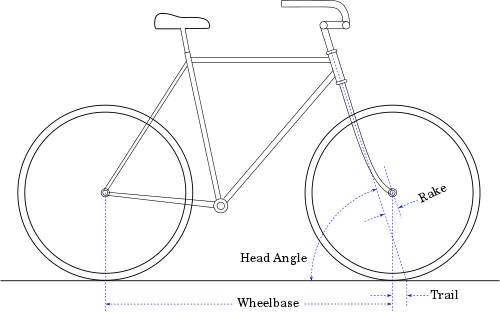ke70gt
Automotive
- Mar 12, 2013
- 7
Hi there
I’m trying to set up an BMW e30 for drifting and after a good look at the front suspension I noticed the front axle was placed around 50mm forward of the bottom ball joint so that the front wheel has move left to right slightly and forward and backwards due to the 14.4mm scrub radius it has from standard I haven’t seen any other steering arm with the axel so far forward and wanted to know what the theory or reason was behind this before I start modifying it all
cheers
Just a pic of the bmw e30 suspension setup looking forward

This pic shows the later model e36 setup ignore the one on the left it the best pic I could find to help explain it better

I’m trying to set up an BMW e30 for drifting and after a good look at the front suspension I noticed the front axle was placed around 50mm forward of the bottom ball joint so that the front wheel has move left to right slightly and forward and backwards due to the 14.4mm scrub radius it has from standard I haven’t seen any other steering arm with the axel so far forward and wanted to know what the theory or reason was behind this before I start modifying it all
cheers
Just a pic of the bmw e30 suspension setup looking forward
This pic shows the later model e36 setup ignore the one on the left it the best pic I could find to help explain it better


![[smile] [smile] [smile]](/data/assets/smilies/smile.gif)





